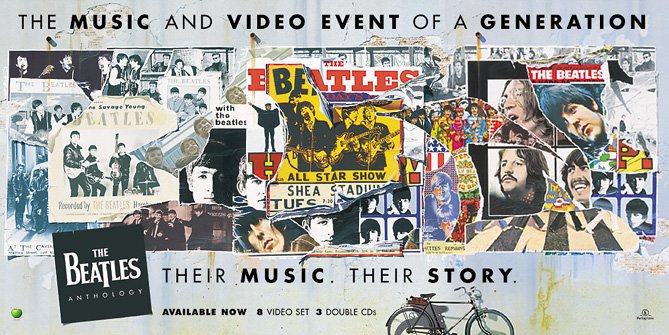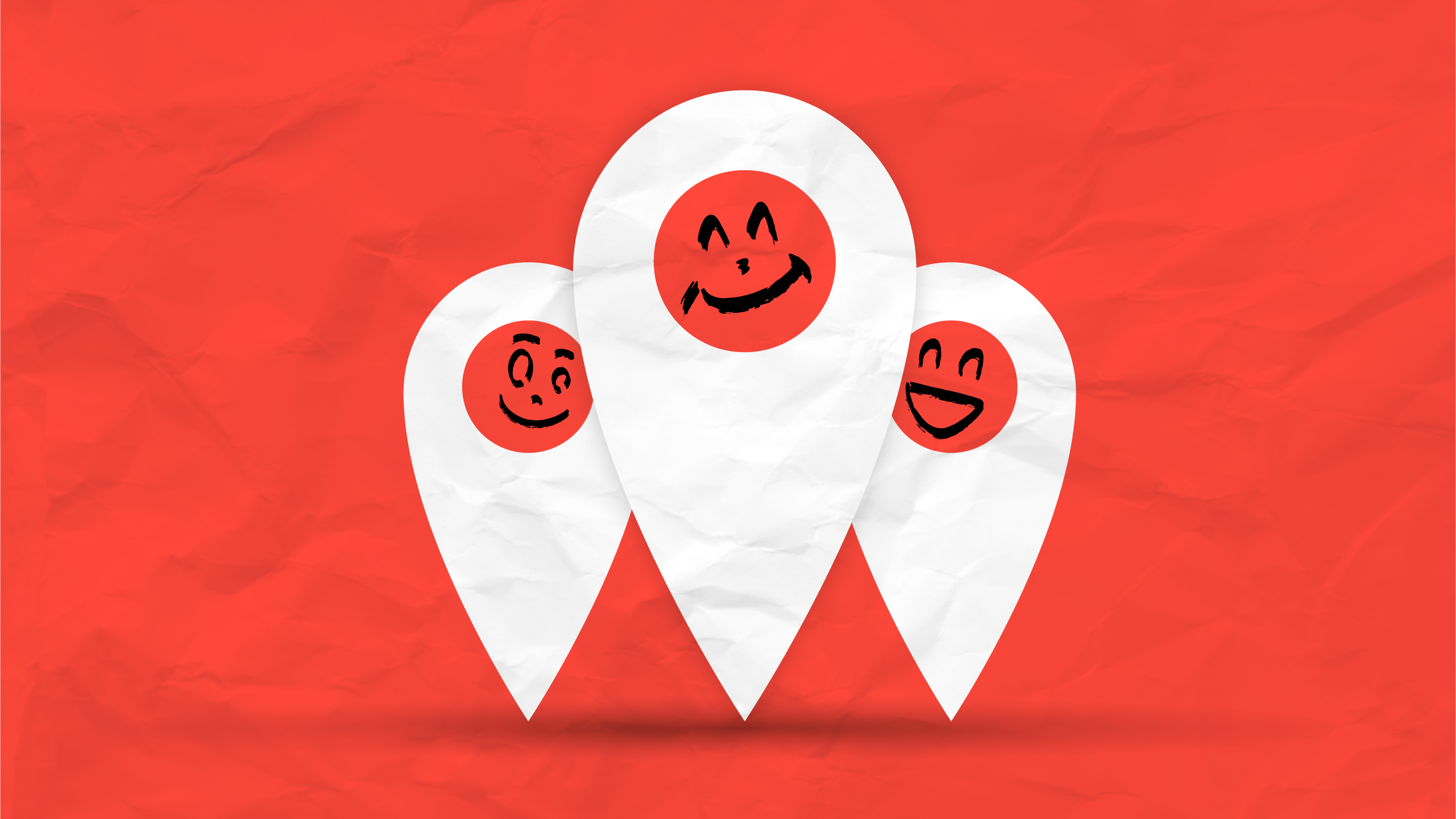The Beatles: creating a brand story

Ask any AI the value of The Beatles’ brand, and it will struggle to give a single figure. Estimates put their music catalogue alone at around $1 billion—owned by Sony—but their true value is far higher, including brand awareness, perception, and revenue.
The name itself is invaluable. Chances are, you’re reading this because of it. The Beatles are celebrated as revolutionary musicians, attracting fans across generations. But beyond their talent, there’s something brands today could learn from their enduring success.
The power of constraint
However you feel about The Beatles – good or bad – you can't help but be fascinated by their enduring success and ahead-of-its-time creativity. Things most brands of today strive for but rarely achieve. A key element at the heart of this legacy is constraint.
In 1966, at the height of their fame, The Beatles stopped touring. This bold decision forced them to focus solely on studio work, which became the foundation for innovation and multi-media success.
Sure, technological advances undeniably helped the process. But unless quality is fed in, the best technology in the world is meaningless and ineffectual.
In desperation for more—be it growth, profits, standout, customers, reach— modern brands often diversify away from what they do well. They go on tour, if you like, and dilute their focus.
Sometimes the bravest move is to “return to the studio”—limit distractions, reflect, and double down on what you do best.
In your next brief, embrace constraint, remove ambiguity, and reduce budget. Make the world smaller. Tell us where we can't go, or what we can't do. Force yourself to think deeper not wider and see what happens!
Constraints sparked The Beatles’ creative breakthroughs. But their enduring power came from something else: consistency.
Consistency Builds Value

Apple Corps, the company managing The Beatles’ interests, continues to generate revenue decades later, thanks to consistent brand management. Projects like Disney+’s Get Back, Cirque du Soleil partnerships, and the Anthology series leveraged nostalgia and storytelling to maintain relevance.
When Rick Ward and The Team first worked on Beatles projects like the Anthology, there were no guidelines—just a blank canvas. They created a consistent visual identity across albums, turning archival material into compelling stories that drove millions of sales.
This consistency reinforced the brand over decades.
Our experience working with the Beatles
All of this has a very close place in my heart. Not just because I love the band, but also because it's a little shouted accolade of The Team.
I first joined the business in 2001, and on my first day in the design studio I bumped into Ry Cooder. At the time, he was putting together album artwork with the masterful Rick Ward, one of The Team's partners from years gone by.
They had already worked on a huge global album – Buena Vista Social Club. To say I was star struck is an understatement. But more was to follow. Rick and his team—including our now Executive Creative Director, Dave Recchia—were responsible for The Beatles' artwork, not just on the Anthology, but also 'Live at the BBC' and then the fastest selling album in the world, '1'.
One might be forgiven for seeing 'The Beatles' as a one-off, an anomaly drawn from Rick's incredible contacts in the music world (he also looked after some of Macca's other releases), but it has been followed down the years by hits of a different nature—the Comic Relief Brand Guidelines, the rollout of a consistent set of Brand Guidelines for the NHS, and the rebrand of Rightmove, probably one of the most visited websites in the UK today.

Emotional Storytelling is science
The Beatles instinctively understood emotional storytelling. The Live at the BBC packaging, with its sepia tones and handwritten aesthetic, evoked nostalgia, intimacy, and exclusivity. Behavioural science explains why this works: stories trigger dopamine and oxytocin, creating stronger memories and emotional bonds. In short, The Beatles weren’t just selling music—they were creating shared experiences.
Modern brands can learn from this. Instead of bombarding audiences with features or promotions, craft narratives that engage the heart and mind.
Behavioural science and neuroscience research tells us that emotional storytelling isn't just done for fun or to satisfy selfish whims – it's creates a biological reaction that embeds a brand in the human consciousness.
Think about it. When you’re engaged with a film or a book, your mind races, your heart quickens – you’re absorbed. In short, you are experiencing a measurable chemical change.
Stories stimulate our neurotransmitters. In one study researchers observed how storytelling increased oxytocin and positive emotions and decreased cortisol and pain in hospitalised children.
These factors show why we are much more likely to recall a brand when the stories are appropriate.
And the Beatles instinctively understood this. They just did it.
The takeaway

The Beatles’ legacy is more than music—it’s a masterclass in constrained creativity, consistent brand execution, and the neuroscience of emotional storytelling.
Brands that embrace these lessons can create lasting connections, just like the Fab Four.




